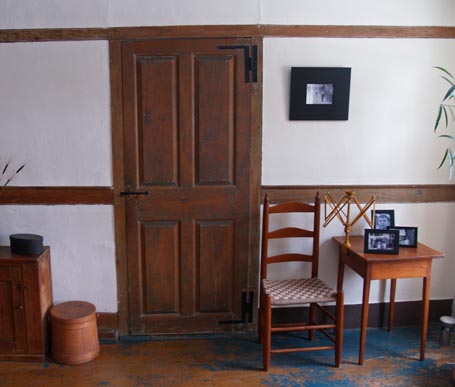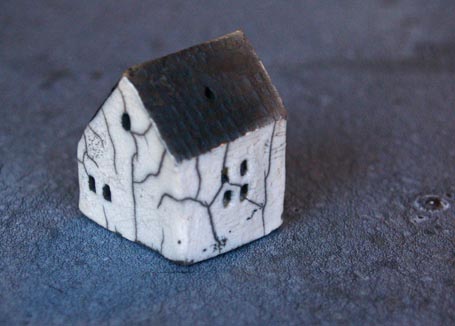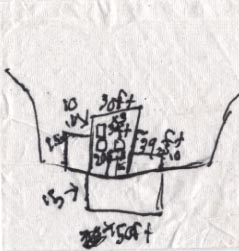 At first, I was skeptical of the provocatively titled recent article “Why Walking through a Doorway Makes You Forget” in Scientific American Mind Matters. Then I remembered that only a few days before, I’d gotten up from my desk in my home office to retrieve a pen on my bedside table, and upon entering the bedroom and approaching the table, I had completely forgotten why I had gone in there. Apparently, I was experiencing the “doorway effect”.
At first, I was skeptical of the provocatively titled recent article “Why Walking through a Doorway Makes You Forget” in Scientific American Mind Matters. Then I remembered that only a few days before, I’d gotten up from my desk in my home office to retrieve a pen on my bedside table, and upon entering the bedroom and approaching the table, I had completely forgotten why I had gone in there. Apparently, I was experiencing the “doorway effect”.
According to the article by Charles B. Brenner and Jeffrey M. Zacks, a team of researchers at the University of Notre Dame has been investigating these types of minor memory lapses. They ran a series of experiments which determined that a shift in location, which involves passing into another room through a door and doorway, causes our memory to discard recently experienced memory from the previous room in order to make room in memory for new experiences in the next room. Interestingly, our memory doesn’t seem to discard recent memory when we move an equal distance elsewhere in the same room. It’s the transition through doors and doorways into different rooms that causes the effect. Plus, it doesn’t seem to help if a shift is back into the room where the memory was encoded; we still experience a memory lapse.
It’s fun to ponder the design implications of this kind of scientific finding. Perhaps it’s a good justification for keeping a home office distinctly separate from a home’s other living spaces, lest work pre-occupations seep into family time. Or perhaps it supports more open spaces in a senior living space, such that activities undertaken in a kitchen at one end of a space aren’t forgotten in a dining area at the other end of a space.
I’d be curious to know if the experiment holds true when the doorway doesn’t include a door. What if the doorway is oversized and doorless? Might transitions through column-supported soffits have a similar effect? The scientists note that in one of the virtual space experiments, the difference between the various rooms was reinforced by different wall patterns. What, then, if subjects were to travel between real spaces exhibiting markedly different finish treatments in which a nuanced transition is indicated by an opening in low walls with nothing overhead? Would there be a “doorway effect” beyond the transition? I’d love to know. Here’s hoping there’s more research conducted into the implications of architectural space on our thinking and behavior.
by Katie Hutchison for House Enthusiast



